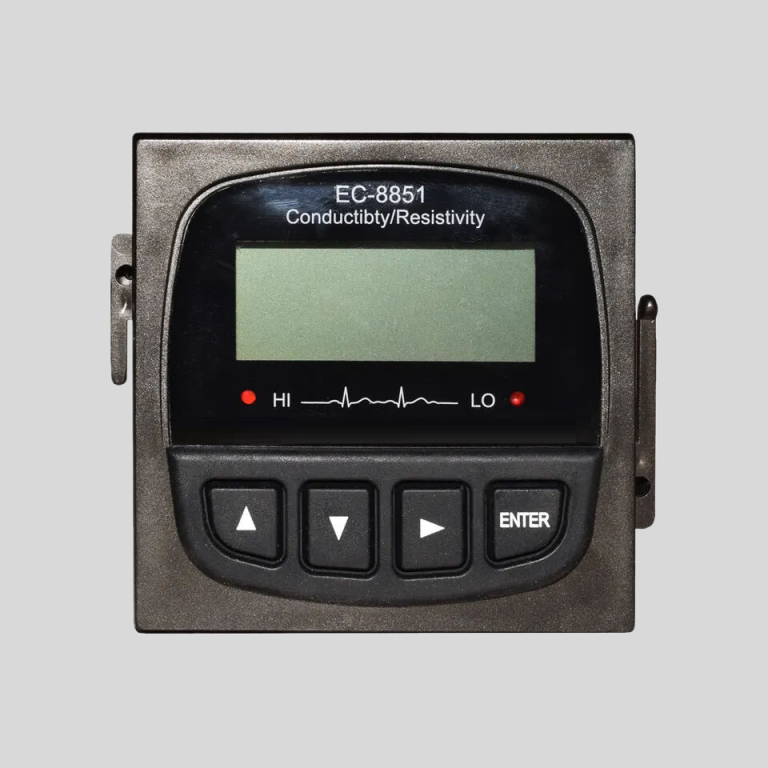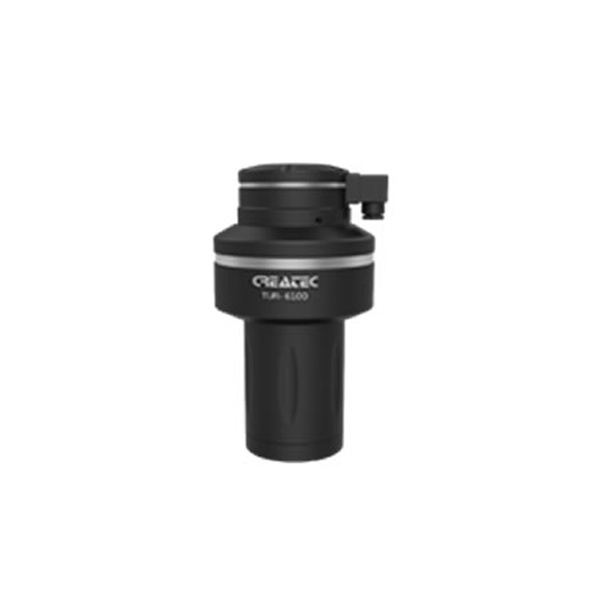Table of Contents
Importance of Regular Water Quality Testing
Water is an essential resource for all living organisms on Earth. It is crucial for our survival, as well as for the health of our environment. However, not all water sources are safe for consumption. Contaminants such as bacteria, viruses, chemicals, and heavy metals can pose serious health risks if present in drinking water. This is why regular water quality testing is so important.
Regular water quality testing is essential to ensure that the water we consume is safe and free from harmful contaminants. By testing the quality of water regularly, we can identify any potential issues early on and take appropriate measures to address them. This can help prevent waterborne diseases and protect public health.
One of the main reasons why regular water quality testing is important is to ensure compliance with regulatory standards. Government agencies such as the Environmental Protection Agency (EPA) have set specific guidelines for the quality of drinking water to protect public health. By conducting regular water quality tests, water suppliers can ensure that their water meets these standards and is safe for consumption.
In addition to regulatory compliance, regular water quality testing can also help identify potential sources of contamination. By monitoring the quality of water over time, we can track changes in water quality and pinpoint the sources of contamination. This information can be used to implement measures to prevent further contamination and protect water sources.
Furthermore, regular water quality testing can help detect emerging contaminants that may not be regulated yet. As new contaminants are discovered and their health effects are studied, it is important to monitor water quality to ensure that these contaminants are not present in drinking water. By staying proactive and conducting regular water quality tests, we can stay ahead of potential health risks and protect public health.
Another important reason for regular water quality testing is to ensure the effectiveness of water treatment systems. Water treatment plants are designed to remove contaminants from water and make it safe for consumption. However, these treatment systems can become less effective over time due to wear and tear or changes in water quality. By testing the quality of water regularly, water suppliers can ensure that their treatment systems are working properly and providing safe drinking water to the public.
In conclusion, regular water quality testing is essential to ensure the safety and quality of drinking water. By monitoring the quality of water over time, we can identify potential issues early on, comply with regulatory standards, detect emerging contaminants, and ensure the effectiveness of water treatment systems. Water is a precious resource that must be protected, and regular water quality testing is a crucial step in safeguarding public health and the environment.
Common Contaminants Found in Water Tests
Water quality testing is an essential process that helps ensure the safety and purity of our drinking water. By testing for common contaminants found in water, we can identify any potential health risks and take appropriate measures to address them. In this article, we will discuss some of the most common contaminants found in water tests and their potential health effects.
One of the most common contaminants found in water tests is bacteria. Bacteria can enter the water supply through various sources, such as sewage leaks or animal waste. When consumed, bacteria can cause a range of health issues, including gastrointestinal infections and stomach cramps. Testing for bacteria in water is crucial to prevent the spread of waterborne diseases and ensure the safety of our drinking water.
Another common contaminant found in water tests is lead. Lead can leach into the water supply from old plumbing systems or lead-based paint. When ingested, lead can cause serious health problems, especially in children and pregnant women. Testing for lead in water is essential to protect public health and prevent long-term health effects.
Arsenic is another common contaminant found in water tests. Arsenic can enter the water supply through natural deposits in the earth or industrial pollution. Chronic exposure to arsenic in drinking water has been linked to various health issues, including skin lesions and cancer. Testing for arsenic in water is crucial to prevent long-term health effects and ensure the safety of our drinking water.
| Model No. | CIT-8800 Inductive Conductivity / Concentration Online Controller | |
| Measurement range | Conductivity | 0.00\\u03bcS/cm ~ 2000mS/cm |
| Concentration | 1.NaOH\\uff0c\\uff080-15\\uff09% or\\uff0825-50\\uff09%\\uff1b | |
| 2.HNO3\\uff08note the Corrosion resistance of the sensor\\uff09\\uff080-25\\uff09% or\\uff0836-82\\uff09%\\uff1b | ||
| 3.User-defined concentration curves. | ||
| TDS | 0.00ppm~1000ppt | |
| Temp. | \\uff080.0 ~ 120.0\\uff09\\u2103 | |
| Resolution | Conductivity | 0.01\\u03bcS/cm |
| Concentration | 0.01% | |
| TDS | 0.01ppm | |
| Temp. | 0.1\\u2103 | |
| Accuracy | Conductivity | 0\\u03bcS/cm ~1000\\u03bcS/cm \\u00b110\\u03bcS/cm |
| 1 mS/cm~500 mS/cm \\u00b11.0% | ||
| 500mS/cm~2000 mS/cm \\u00b11.0% | ||
| TDS | 1.5 level | |
| Temp. | \\u00b10.5\\u2103 | |
| Temp. compensation | element | Pt1000 |
| range | \\uff080.0~120.0\\uff09\\u2103 linear compensation | |
| \\uff084~20\\uff09mA Current output | channels | Double channels |
| features | Isolated, adjustable, reversible, 4-20MA output, instruments/ transmitter mode. | |
| Loop resistance | 400\\u03a9\\uff08Max\\uff09\\uff0cDC 24V | |
| Resolution | \\u00b10.1mA | |
| Control contact | Channels | Triple channels |
| Contact | Photoelectric relay output | |
| Programmable | Programmable \\uff08 temperature \\u3001conductivity/concentration/TDS\\u3001timing\\uff09output | |
| Features | Could set temperature\\u3001conductivity/concentration/TDS\\u3001 timing NO/NC/ PID selection | |
| Resistance load | 50mA\\uff08Max\\uff09\\uff0cAC/DC 30V\\uff08Max\\uff09 | |
| Data communication | RS485,MODBUS protocol | |
| Power supply | DC 24V\\u00b14V | |
| Consumption | \\uff1c5.5W | |
| Working environment | Temperature\\uff1a\\uff080~50\\uff09\\u2103 Relative Humidity\\uff1a\\u226485%RH(non- condensing ) | |
| Storage | Temperature\\uff1a(-20~60)\\u2103 Relative Humidity\\uff1a\\u226485%RH(non- condensing) | |
| Protection level | IP65\\uff08with rear cover\\uff09 | |
| Outline dimension | 96mm\\u00d796 mm\\u00d794mm (H\\u00d7W\\u00d7D) | |
| Hole dimension | 91mm\\u00d791mm(H\\u00d7W) | |
| Installation | Panel mounted , fast installation | |
Nitrate is a common contaminant found in water tests, especially in agricultural areas. Nitrate can enter the water supply through fertilizers and animal waste. When consumed, nitrate can interfere with the body’s ability to transport oxygen, leading to serious health issues, especially in infants and pregnant women. Testing for nitrate in water is essential to prevent health risks and ensure the safety of our drinking water.
Fluoride is a common contaminant found in water tests, especially in areas where fluoride is added to the water supply for dental health purposes. While fluoride is beneficial for dental health, excessive exposure to fluoride can lead to dental fluorosis and other health issues. Testing for fluoride in water is essential to ensure that the levels are within safe limits and prevent potential health risks.

In conclusion, water quality testing is essential to ensure the safety and purity of our drinking water. By testing for common contaminants found in water, we can identify any potential health risks and take appropriate measures to address them. Bacteria, lead, arsenic, nitrate, chlorine, and fluoride are some of the most common contaminants found in water tests, each with its own potential health effects. Testing for these contaminants is crucial to protect public health and ensure the safety of our drinking water.







